A new study by Stanford University and the University of British Columbia has brought bad news to the next generation of nuclear reactors. The report warns: * "small modular reactors have long been regarded as the future of nuclear power in the industry, but they will actually produce more radioactive waste than traditional nuclear power plants *". This report was published in procedures of the National Academy of sciences 》Up.
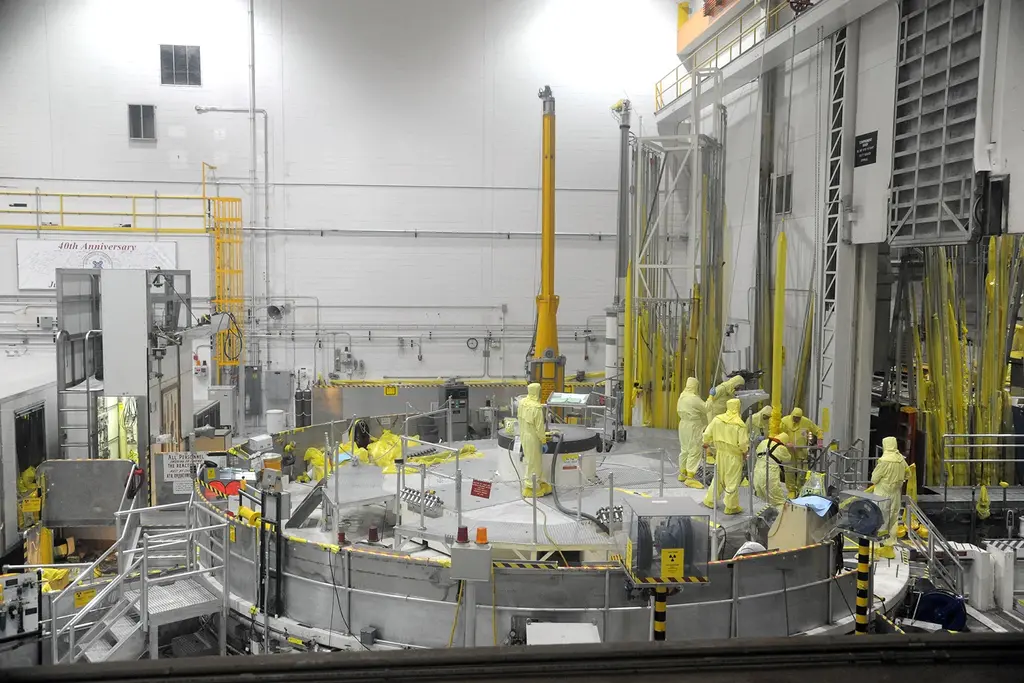
The main authors of the study Lindsay Krall, a former MacArthur postdoctoral fellow at the center for international security and cooperation (CISAC) at Stanford University, said: "Our findings show that the design of most small modular reactors will actually increase the amount of nuclear waste that needs to be managed and disposed. For the reactor in our case study, it has increased by 2 to 30 times. These findings are in sharp contrast to the advocates' claims about the cost of advanced nuclear technology and the benefits of waste reduction.".
When a neutron splits a uranium atom in the reactor, it will generate energy in the nuclear reactor, generate additional neutrons, and continue to split other uranium atoms, forming a chain reaction. But some neutrons leak out of the core (this problem is called neutron leakage) and hit surrounding structural materials, such as steel and concrete. These materials become radioactive after being "activated" by neutrons lost from the core. The new study found that small modular reactors will experience more neutron leakage than conventional reactors due to their small size. This increase in leakage will affect the quantity and composition of the waste stream.
Ewing said: "the more neutrons leaked, the greater the radioactivity generated by the neutron activation process. We found that the neutron activated steel produced by small modular reactors will be at least 9 times that of traditional power plants. These radioactive materials must be carefully managed before disposal, which will be expensive".
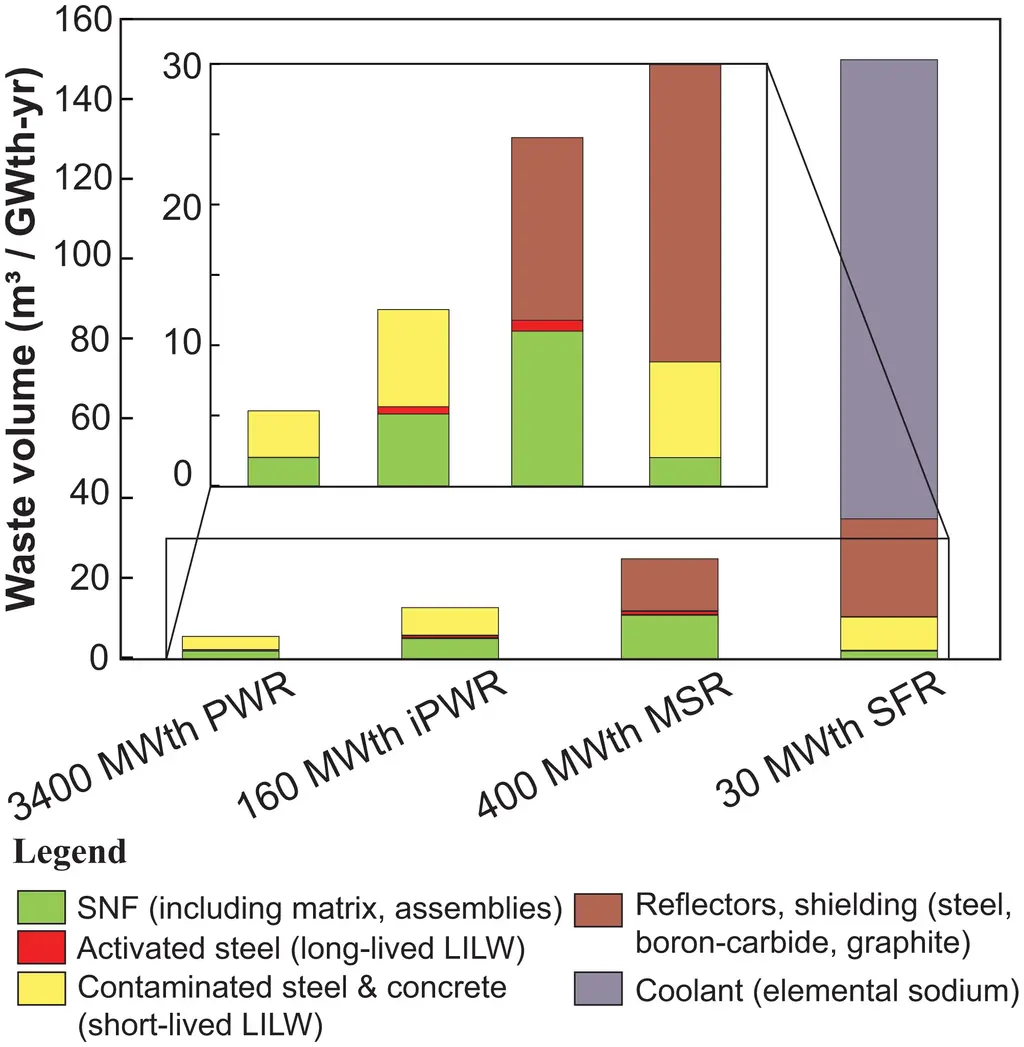

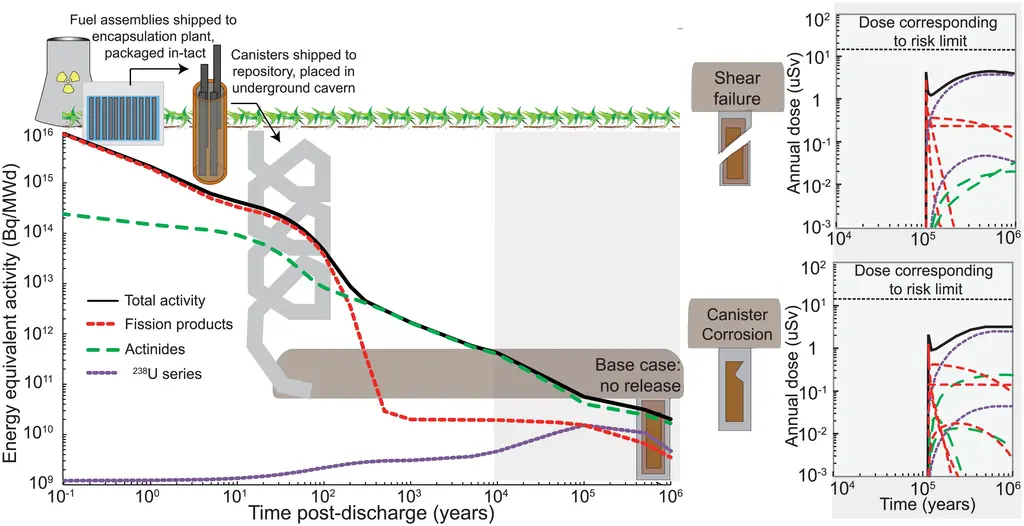
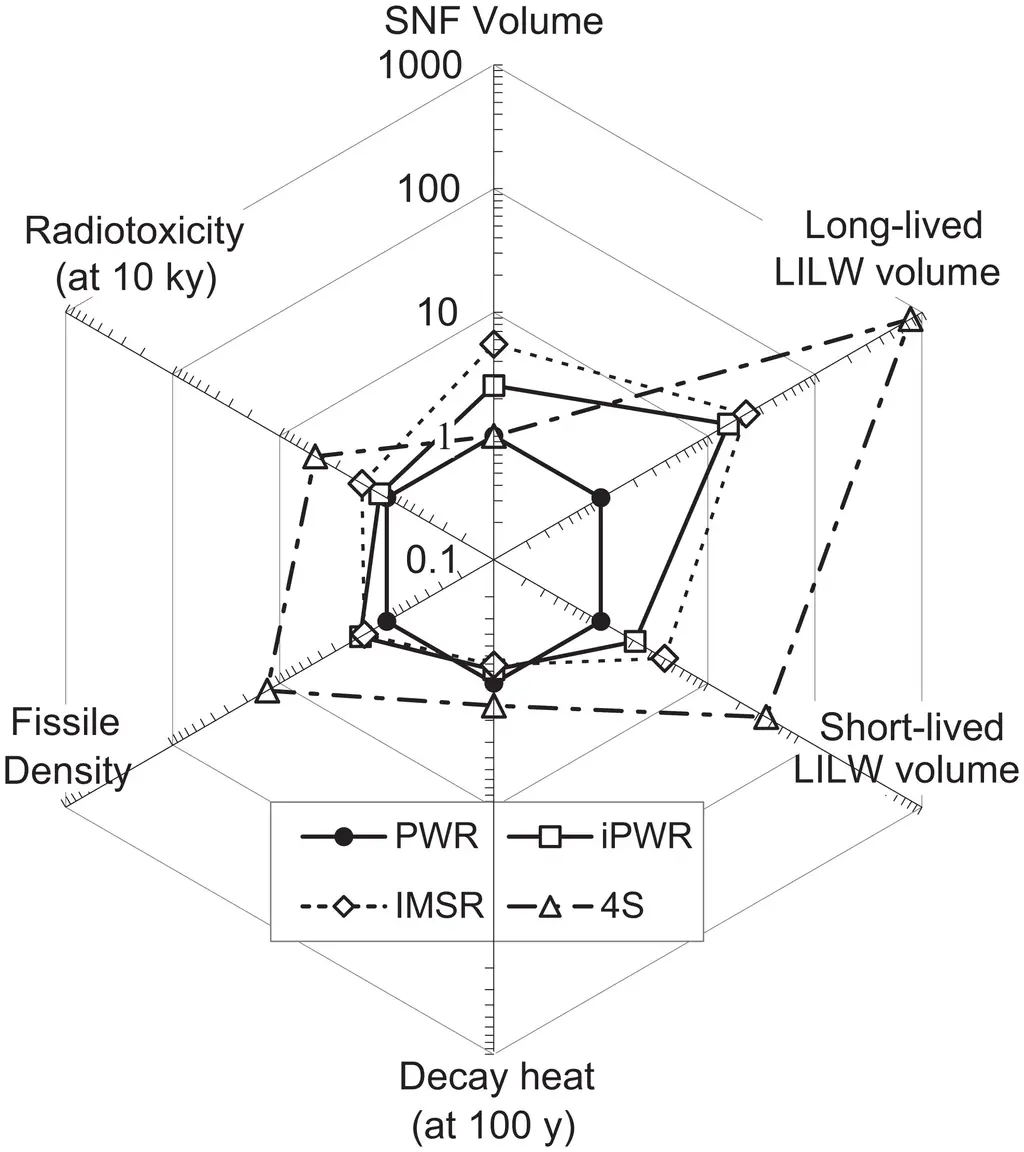
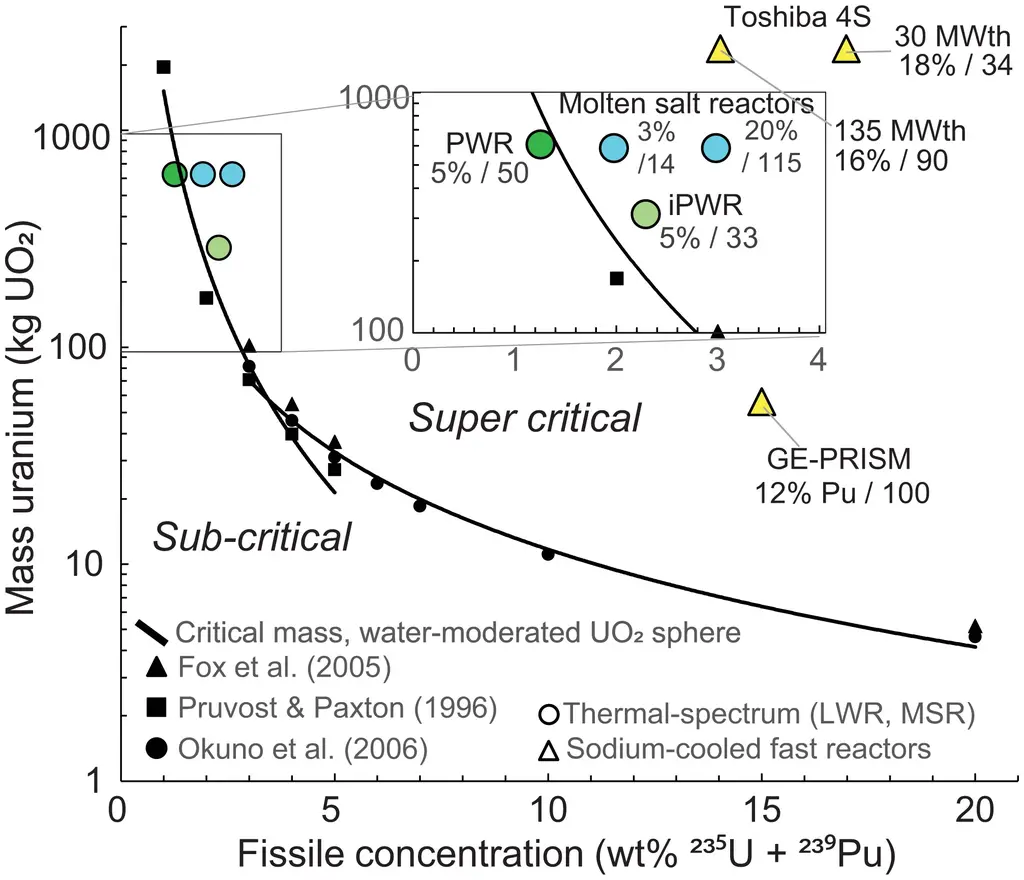
But this is not the only problem
The study also found that the emission of spent nuclear fuel per unit of energy extraction from small modular reactors will be greater, and may be much more complex than that from existing power plants. Allison MacFarlane, co-author of the paper and professor and director of the school of public policy and global affairs at the University of British Columbia, said: "the design of some small modular reactors requires the use of chemically exotic fuels and coolants, which may produce unmanageable waste. Those exotic fuels and coolants may require expensive chemical treatment before disposal.".
Macfarlane said, "the enlightenment for the industry and investors is that the back end of the fuel cycle may include hidden costs that must be solved. It is in the best interests of reactor designers and regulators to understand the waste impact of these reactors.".
The study concluded that, in general, the small modular design is inferior to conventional reactors in terms of radioactive waste generation, management requirements and disposal options. One problem is the long-term radiation from spent nuclear fuel. The research team estimates that after 10000 years, the radiation toxicity of plutonium in spent fuel discharged from the three research modules will be at least 50% higher than that extracted from conventional spent fuel per unit of energy.